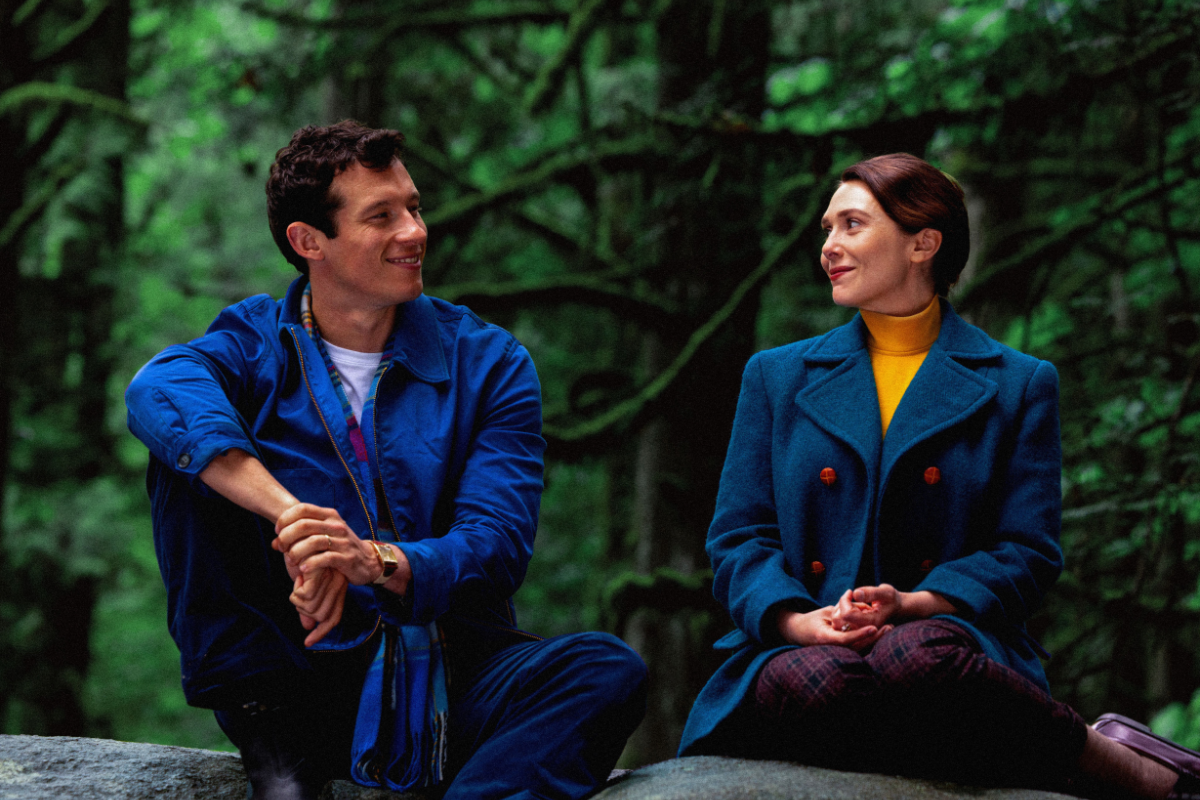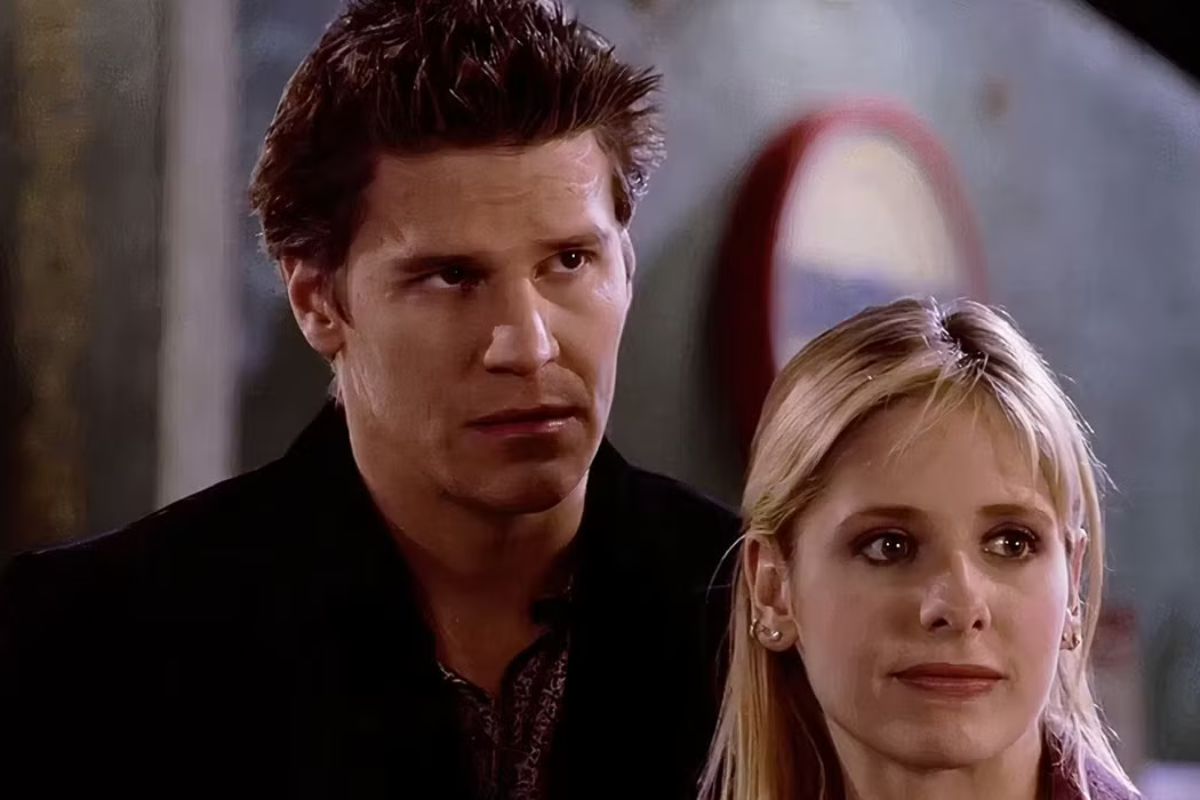Use Your Five Senses in Your Writing
How do you GRAB your audience’s attention? Use your five senses in your writing. Plain and simple. William Dickerson explains.
I’m a director who has mostly directed his own screenplays. Therefore, I tend to be a little more descriptive in my screenwriting than others. I’ve always been told not to “direct” in one’s writing, and I agree with that.
However, it’s a balancing act... You do want your script to be a blueprint for the director, but before it can get to a director, it has absolutely got to grab the attention of the readers along the way—readers include assistants, development executives and executive producers.
How do you do this?
Well, how does anything grab your attention? It grabs you through your Five Senses. Ernest Hemingway once said, “Remember to get the weather in your damn book—weather is very important.” Experiencing the weather is a sensory experience, and the sensory experience your characters are living through should be translated to the reader, at least in shorthand.
Use Your Five Senses in Your Writing
Tip: Set your characters apart by coding them with specific sensory details, whether it’s the specific sounds of their voices, their smells—or the smells around them—or physical appearance. This includes not only what they look like, but any textural/tactile characteristics—i.e., the palms of his hands are sandpaper. I do not completely subscribe to color theory (red = passion, green = nature, blue = tranquility, etc.) however, exploring color and what different colors represent can help you distinguish your characters in the mind of the reader.
In the script for my film, Detour, I used the colors of a traffic light to reflect the three main characters in the film. Jackson Alder, whose entire life is transformed when he’s trapped inside a car during a mudslide, may have been driven off the road by nature, by fate, by human error, or by some other literal or metaphoric reason. The one thing that is true is that this man started his day on his planned route, but only until he’s forced away from it does his real journey begin. Jackson’s girlfriend, Laurie, is coded with green: the color of nature, the earth, and the color of freedom, permission and “go” in a traffic light. Jackson’s unborn baby is red, the color of passion, fire, blood; also the color of “stop” in a traffic light. It is the thing he feels is “stopping” him from living his life.
Jackson, of course, is caught in between both of these colors, caught in between Laurie and his unborn child. He is yellow: the color of the sun, the sun which has become nonexistent in his predicament underground, the color of the sun that only exists via memory, inside of his head—memories that seem so distant, no road could possibly lead back to them.
When I wrote these colors into the script, I mentioned them sparingly—primarily when I introduced the characters and when I would describe an object that I knew was important to the story and Jackson’s arc. In pre-production, I worked closely with my costume designer to incorporate these color motifs into the actors’ wardrobes. Color not only helps depict character, as it did in Detour, but it is also an important conveyor of mood—both on the page, and on the screen.
When you delineate your characters in a screenplay, use the senses to help set them apart from others, underscore the theme of your story and craft three-dimensional people for your readers. When you‘ve written a scene, ask yourself, “Is there at least one memorable sense—an image, a taste, a smell, a sound, a tactile sensation—that sticks in the reader’s mind and lasts beyond the end of the scene?” If not, write one into it.
William Dickerson is an award-winning filmmaker and author. His debut feature film “Detour” was hailed as an “Underground Hit” by The Village Voice, an “emotional and psychological roller-coaster ride” by The Examiner, and nothing short of “authentic” by The New York Times. His book, “DETOUR: Hollywood - How To Direct a Microbudget Film (or any film, for that matter)” is available now. Follow William on Twitter: @WDFilmmaker
- Hawaiian Punch Line
- Storytelling Strategies: Tension, Release and ‘Interstellar’
- Script Secrets: High Concept Generation
Get more tips from William Dickerson in his book
Detour: Hollywood - How To Direct a Microbudget Film







